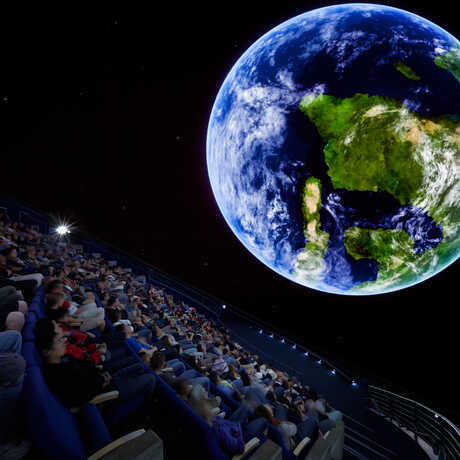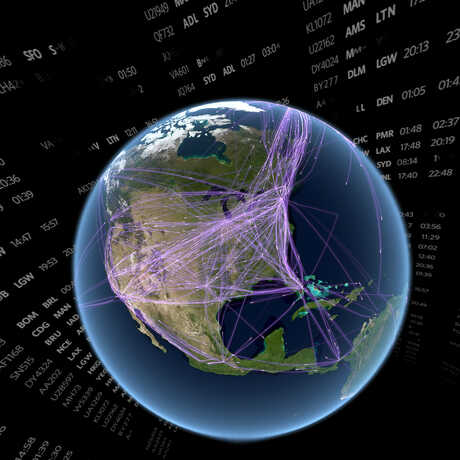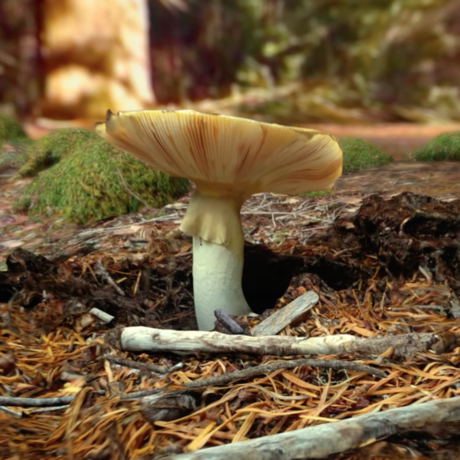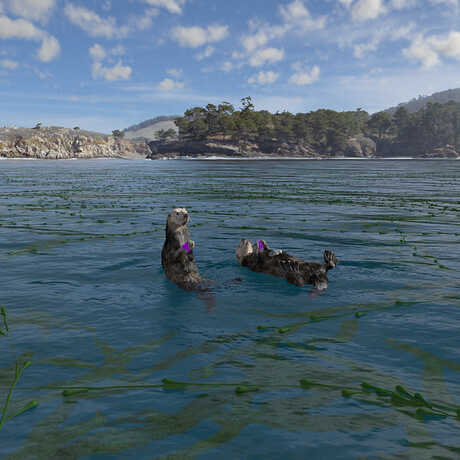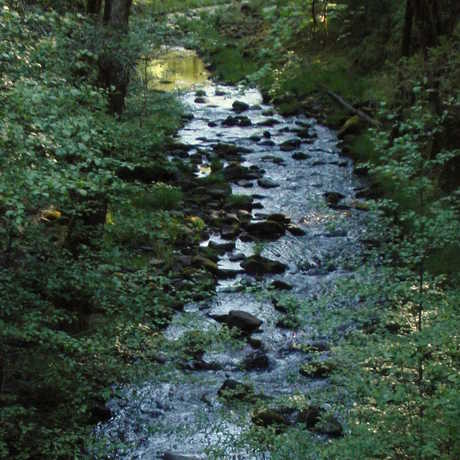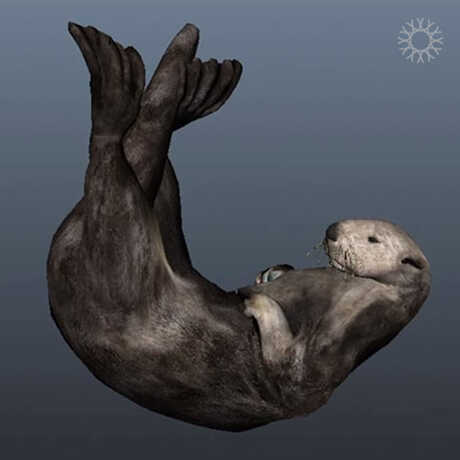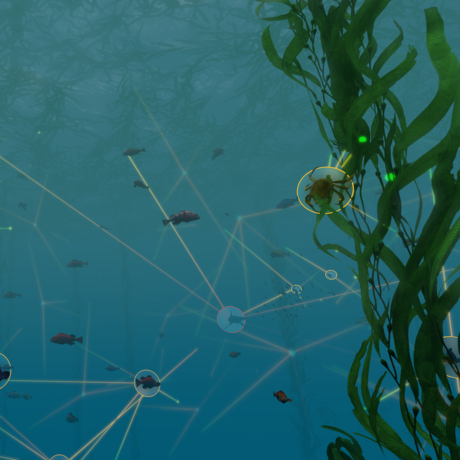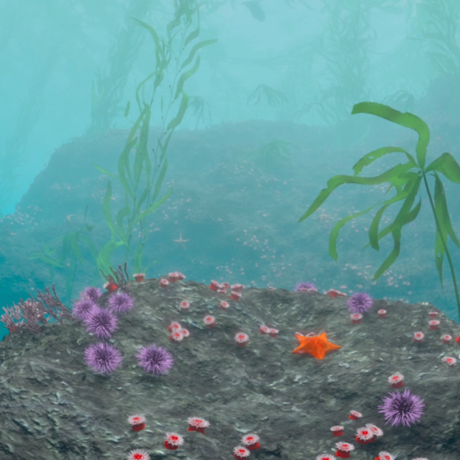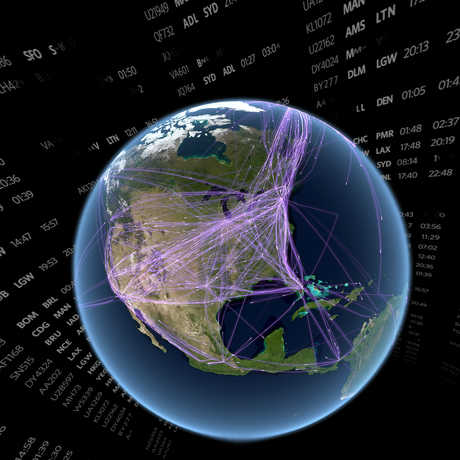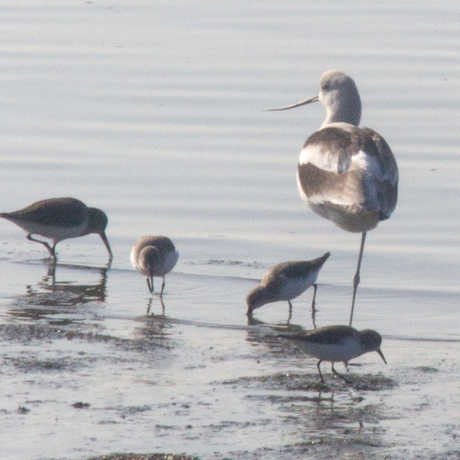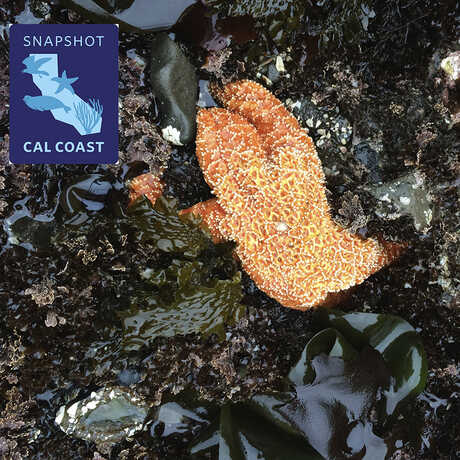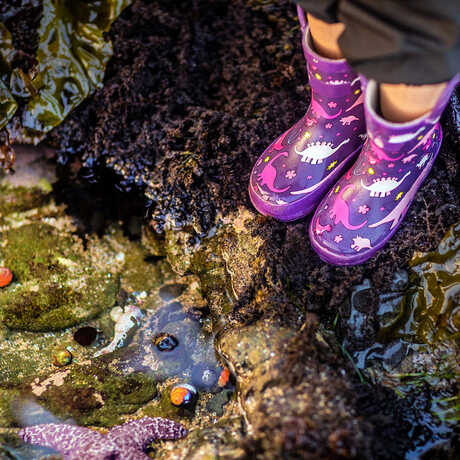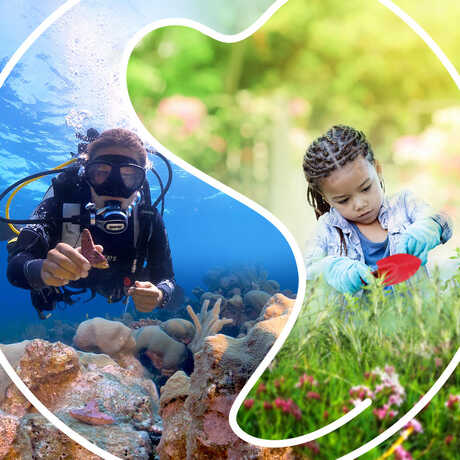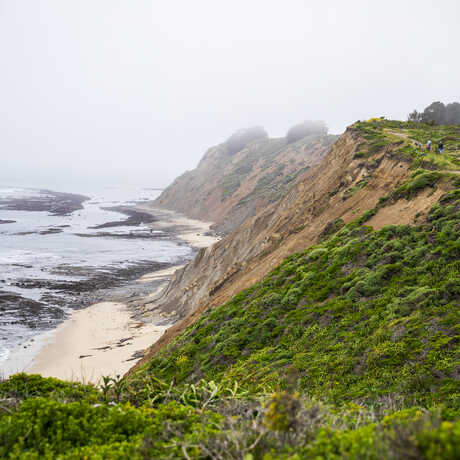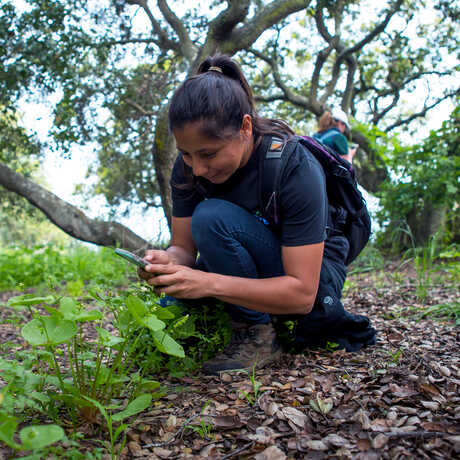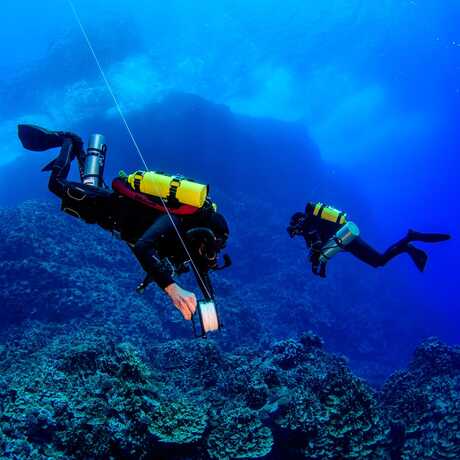“In Habitat Earth," says Ryan Wyatt, Director of Morrison Planetarium, "we’re advancing the boundaries of traditional planetarium content, which focuses primarily on astronomy and space." Instead of looking solely to the stars, the Morrison team is using advanced digital tools and scientific data to tell stories that are uniquely Earth-focused.
Habitat Earth
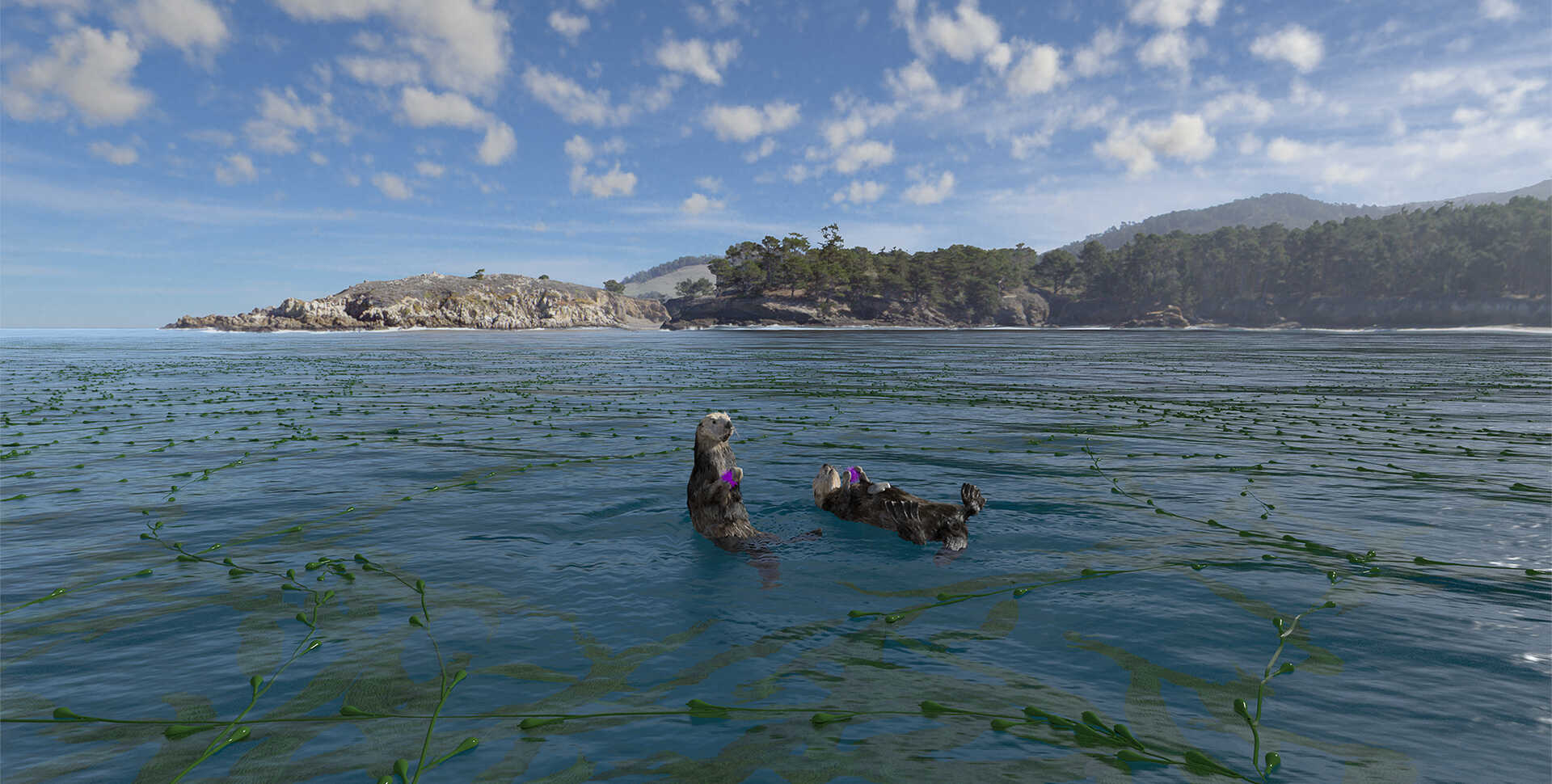
Plunge below the ocean’s surface to explore the dynamic relationships found in deep ocean ecosystems; dig beneath the forest floor to see how Earth’s tallest trees rely on tiny fungi to survive; and soar to new heights to witness the intricate intersection between human and ecological networks.
Narrated by Frances McDormand, our award-winning original planetarium show features stunning visualizations of both biological and human-built networks (and of how they intersect), taking show-goers on an incredible, immersive journey through the interconnectedness of life on Earth.
Now playing daily. View showtimes on our Daily Calendar.
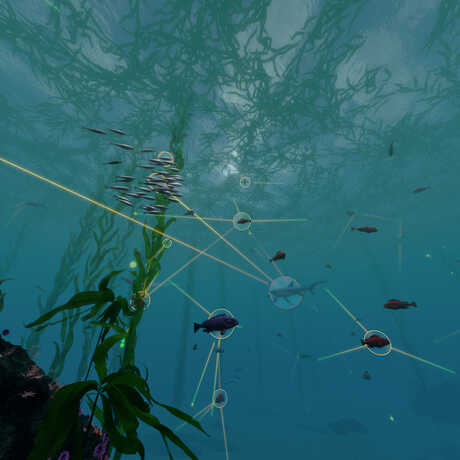
Real-time connections
During each show, a planetarium presenter will deliver a live update—based on real-time data—that details the ways humans fit into this ever-evolving story of connection. And along the way, audiences will learn more about what we can do to ensure that our cohabitation with the natural world leaves a healthy, sustainable planet for generations to come.
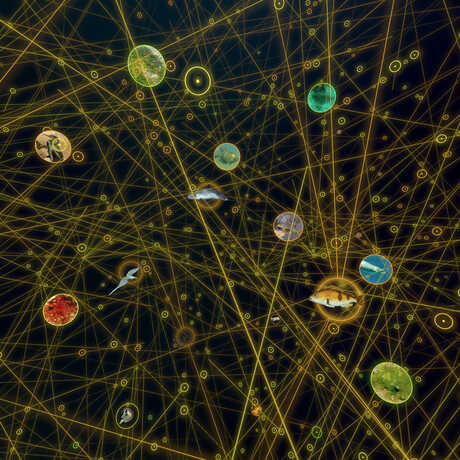
In the classroom
Browse a rich array of educational resources from Habitat Earth on our website and on YouTube, featuring short video clips, lesson plans, educator guides, and more.
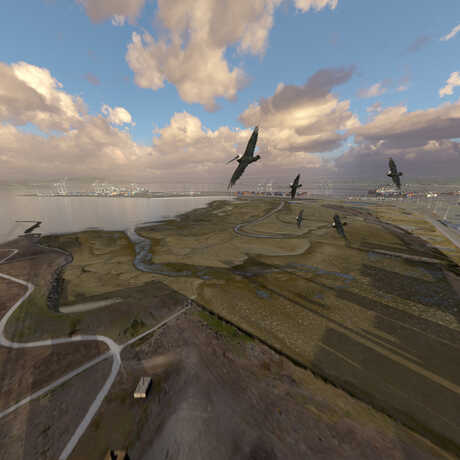
Science behind the scenes
Habitat Earth's rich and sweeping visuals are much more than pretty pictures. Working closely with Academy scientists and partners, the Academy’s Visualization Studio studied real scientific specimens from the museum’s collection—sea otter skulls, bird skins, kelp, and more—to bring important species to life in the show.
From outer space to Earth's inner core, explore the universe from Morrison Planetarium's 75-foot digital dome.
